Common mistakes: attempts to remove carbon dioxide, lower pH, counter off-flavors
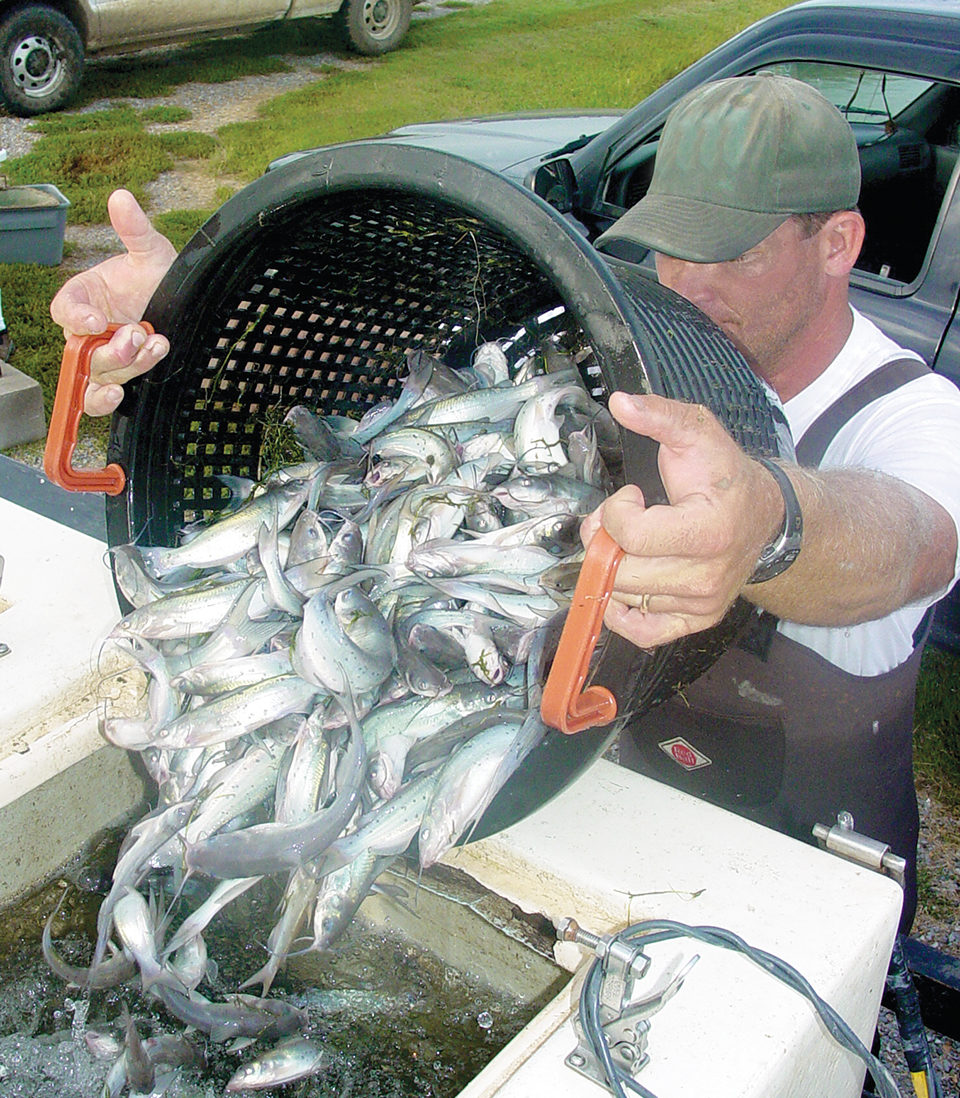
Sodium bicarbonate – also called bicarbonate of soda and baking soda – is one of the most widely used industrial chemicals in the world. Second only to sodium chloride (table salt), it may be the most familiar “pure” chemical compound known to nonscientists.
Common household uses of sodium bicarbonate include leavening in baking, cleaning, deodorizing, as a toothpaste and as an antacid to relieve heartburn. Some uses, as in toothpastes, depend on the gentle abrasive qualities of the compound, but the general usefulness of sodium bicarbonate stems from its unique ability to neutralize either acids or bases.
Aquaculture uses
Sodium bicarbonate also has important uses in aquaculture. The chemical is essential in recirculating aquaculture systems, where it is periodically added to replenish alkalinity destroyed by acid produced in nitrification. Without routine bicarbonate addition, system pH eventually drops to lethal levels.
Sodium bicarbonate is also a key component of some “transport tank aids.” When fish are transported in tight quarters, adding sodium bicarbonate to the water provides sodium to help animals maintain internal salt balance and bicarbonate to help buffer the pH of the transport water.
Aside from these legitimate uses, sodium bicarbonate can be misused in aquaculture, perhaps because the chemical bases for the proposed uses are misunderstood. Three common misuses are attempts to remove carbon dioxide, reduce high pH and counter off-flavors.
Removing carbon dioxide
Carbon dioxide, the end product of respiration, accumulates naturally in ponds as part of the daily photosynthesis-respiration cycle. Carbon dioxide usually decreases during the day and increases at night, with the highest concentrations near dawn, when dissolved oxygen concentrations are lowest. Very high concentrations can occur after phytoplankton dieoffs because large amounts of carbon dioxide are produced as dead plant material decomposes.
Carbon dioxide interferes with oxygen use by fish. If carbon dioxide concentrations are high, fish can suffocate at dissolved oxygen concentrations that are normally tolerated. When dissolved-oxygen levels are low and carbon dioxide levels are high, fish farmers sometimes try to relieve the stress on fish by removing some of the carbon dioxide. Sodium bicarbonate is commonly used for this purpose – often by dispensing large amounts of the chemical into the currents produced by aerators.
The origin of this practice is a mystery because it has no chemical basis. When sodium bicarbonate is added to water containing carbon dioxide, it causes a slight increase in pH but does not remove any of the carbon dioxide. Carbon dioxide can be removed from water by adding strong bases such as carbonates or hydroxides, which react with carbon dioxide to form bicarbonate. The most common base used to remove carbon dioxide is hydrated lime (calcium hydroxide), although large amounts are needed when carbon dioxide concentrations are high.
Reducing high pH
Rapid photosynthesis by phytoplankton or underwater plants removes carbon dioxide from water and causes the pH to rise. On warm, sunny days in ponds with rapidly growing plants or algae, pH can increase to very high levels, which can be stressful to aquatic animals. There are no precise guidelines for high pH tolerance, but pH values above 9.5 are considered undesirable.
Problems with high afternoon pH seem to be most common in fry nursery ponds and ponds used to grow freshwater prawns, because the fertilization practices used to prepare ponds for stocking are designed to promote fast-growing phytoplankton blooms. Typically, high afternoon pH values abate in a few weeks after organic matter begins to accumulate in the ponds. Carbon dioxide is produced as organic matter decomposes, which reduces peak pH values.
When it is inconvenient or impossible to wait for pH values to stabilize naturally in ponds before stocking, a common recommendation for managing high pH problems is to add sodium bicarbonate. The effects of bicarbonate on pH are presented in Table 1 for pH 10 waters with different initial total alkalinities. Sodium bicarbonate treatment reduces high pH values, and the results are almost immediate. However, results are not spectacular even when large amounts of sodium bicarbonate are added to waters with an initially low total alkalinity.
Tucker, Final pH values of pond waters, Table 1
| Initial Alkalinity (mg/l as CaCO3) | Amount of Sodium Bicabonate Added (mg/l) 25 | Amount of Sodium Bicabonate Added (mg/l) 50 | Amount of Sodium Bicabonate Added (mg/l) 100 |
|---|---|---|---|
| 50 | 9.9 | 9.8 | 9.6 |
| 100 | 9.9 | 9.9 | 9.7 |
| 200 | 9.9 | 9.9 | 9.8 |
In addition to the relatively large amount of chemical needed to achieve significant reductions in pH, using sodium bicarbonate does not prevent subsequent increases in pH. Therefore, in addition to limited effectiveness as an emergency treatment for high pH, sodium bicarbonate also is not a long-term solution.
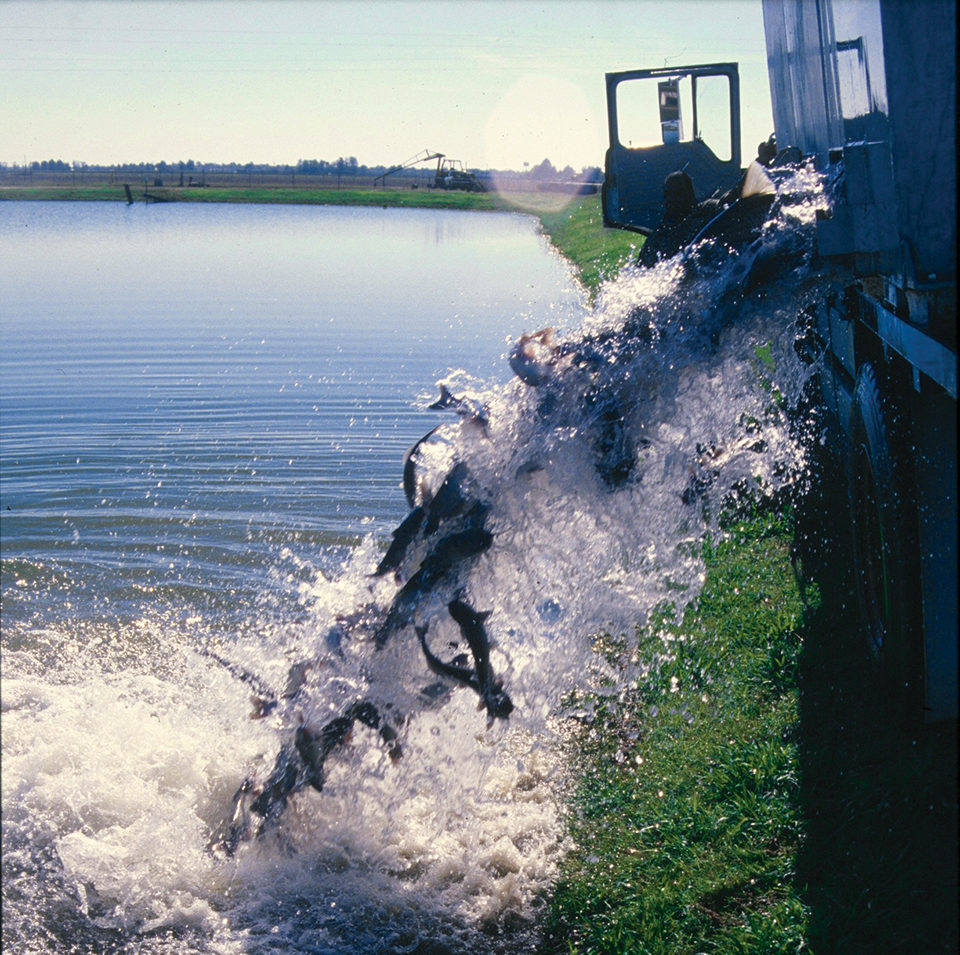
Treating off-flavors
Chemicals produced by some blue-green algae can give pond-raised fish and shrimp undesirable earthy flavors. Farmers sometimes attempt to remove the taint by adding sodium bicarbonate to pond water. This is the most inexplicable use of sodium bicarbonate because there is no chemical or biological basis for the claim that the chemical removes or prevents preharvest off-flavors in fish or shrimp.
The misconception is perhaps related to the common household practice of placing an open package of baking soda inside refrigerators to remove food odors. Sodium bicarbonate does, in fact, remove airborne odors caused by acidic or basic compounds. For example, two common odors in refrigerators are caused by lactic acid in spoiled milk or acetic acid from, for example, the vinegar in pickles.
When these acidic, airborne molecules contact baking soda inside a refrigerator, they react with bicarbonate and are neutralized to less odorous compounds. Similarly, odorous basic gases such as ammonia are neutralized to less odorous compounds when they contact baking soda.
The major off-flavors in pond-raised catfish are caused by geosmin and 2-methylisoborneol. Both compounds are cyclic alcohols produced by algae. They are neither acidic nor basic, and do not react with bicarbonate.
(Editor’s Note: This article was originally published in the July/August 2008 print edition of the Global Aquaculture Advocate.)
Now that you've reached the end of the article ...
… please consider supporting GSA’s mission to advance responsible seafood practices through education, advocacy and third-party assurances. The Advocate aims to document the evolution of responsible seafood practices and share the expansive knowledge of our vast network of contributors.
By becoming a Global Seafood Alliance member, you’re ensuring that all of the pre-competitive work we do through member benefits, resources and events can continue. Individual membership costs just $50 a year.
Not a GSA member? Join us.
Author
-
Craig S. Tucker, Ph.D.
National Warmwater Aquaculture Center
Mississippi State University
P.O. Box 197
Stoneville, Mississippi 38776 USA[117,100,101,46,101,116,97,116,115,115,109,46,99,101,114,100,64,114,101,107,99,117,116,99]
Related Posts
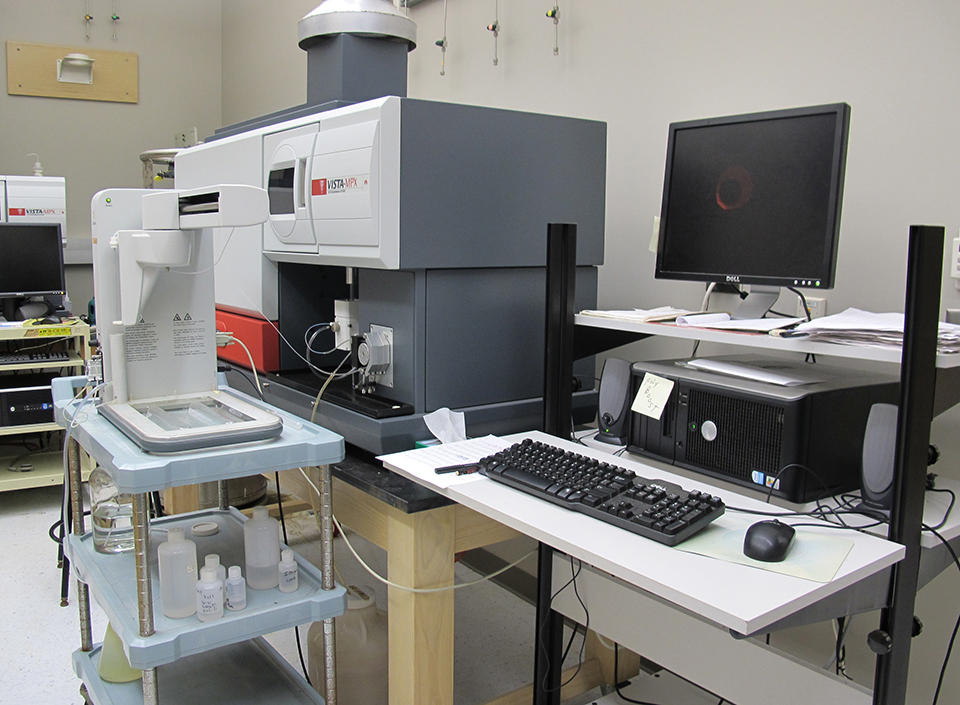
Responsibility
Accuracy of custom water analyses varies
The reliability of trace element analyses reported by custom laboratories cannot be checked by simple techniques, and results may not always be accurate. One should check the reliability of major ion analyses by determining the charge balance and comparing the measured total ion concentration with the total ion concentration estimated from conductivity.
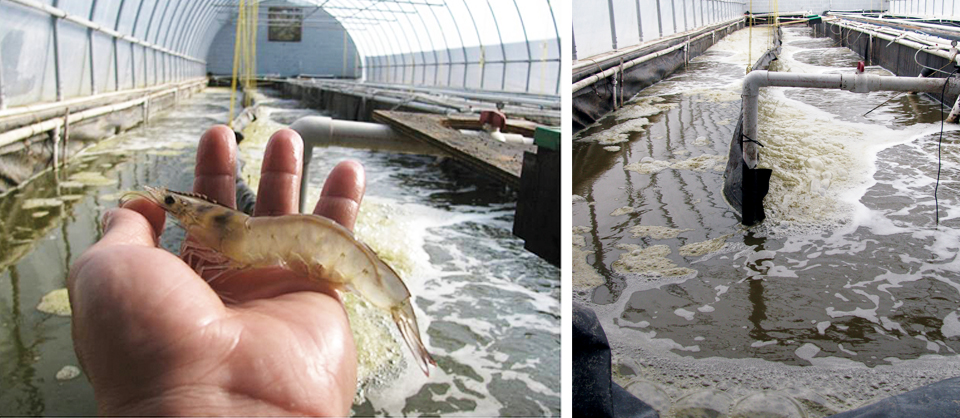
Health & Welfare
Biofloc trial results in fast shrimp growth, low FCR, high survival
A trial in a lined, greenhouse-enclosed raceway evaluated the use of a heterotrophic biofloc system equipped with aeration, supplemental oxygen injection and centralized heating to achieve good shrimp production.
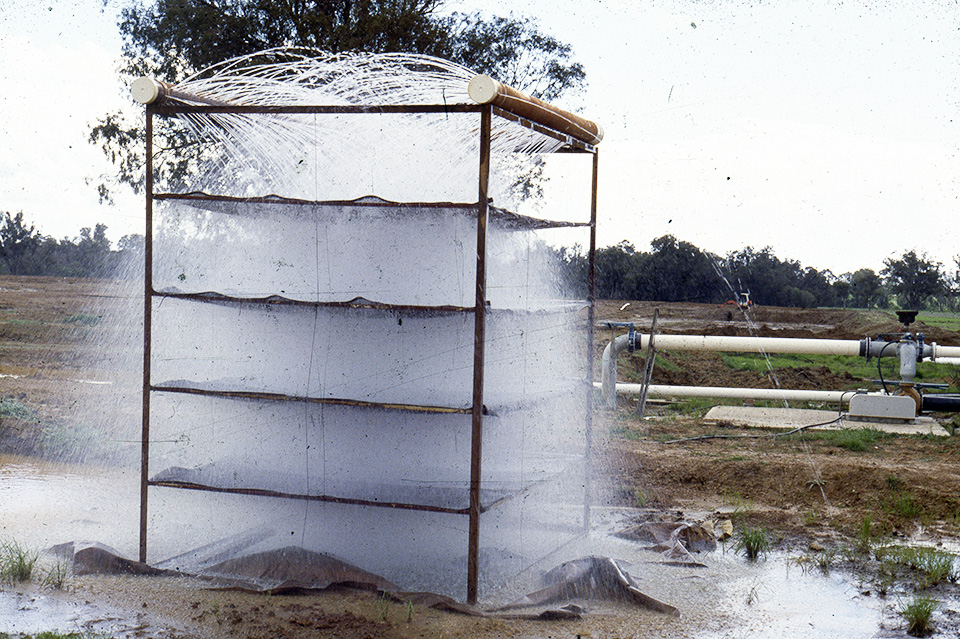
Responsibility
Assessing groundwater quality in aquaculture
Those interested in using groundwater for aquaculture should perform a thorough chemical analysis of the water. Several problems related to groundwater use in hatcheries and holding or transport vessels can be alleviated by degassing or aeration.
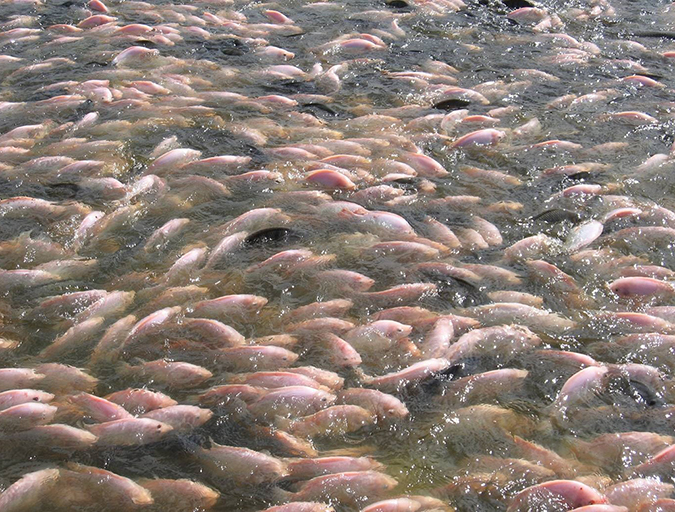
Health & Welfare
Common salt a useful tool in aquaculture, part 1
The preventive use of common salt (sodium chloride) by commercial producers of freshwater fishes has many benefits, including helping with the routine prevention of losses due to diseases, stress and mishandling during transport, harvesting, grading, counting, weighing and induced spawning.


